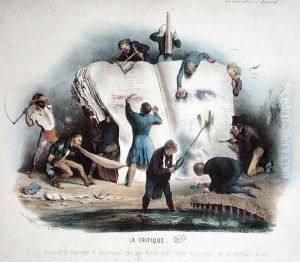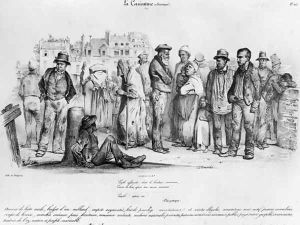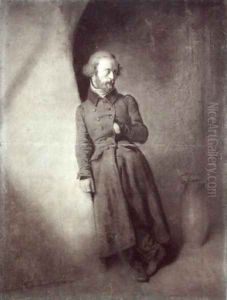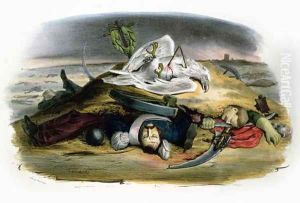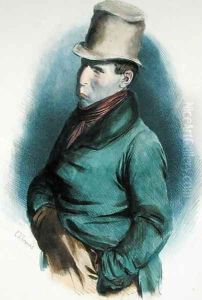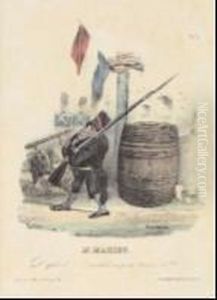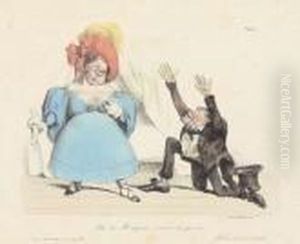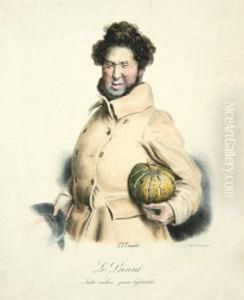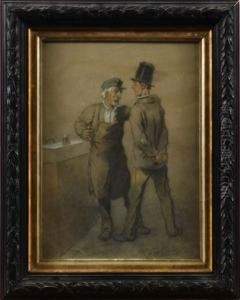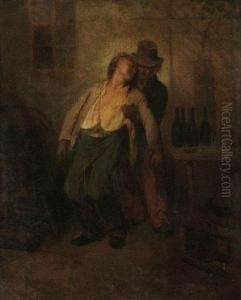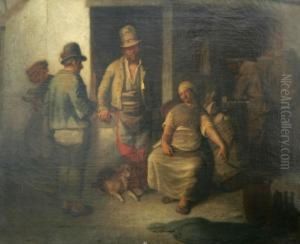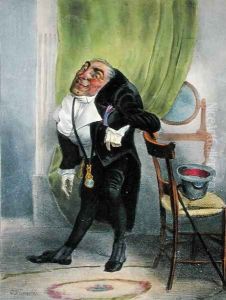Charles Joseph Travies de Villiers Paintings
Charles Joseph Travies de Villiers, often known simply as Charles Travies, was a Swiss-born French caricaturist and painter, recognized for his satirical and humorous illustrations. Born in 1804 in Switzerland, he moved to Paris to pursue his artistic career. Travies was part of the vibrant Parisian art scene in the 19th century, where he became a contemporary of other notable artists such as Honoré Daumier and Paul Gavarni.
Travies's work was characterized by sharp social commentary, often directed at the politics and society of his time. He contributed to various periodicals, including 'La Caricature' and 'Le Charivari', where his lithographs served as a form of political resistance and public discourse. His caricatures were not only humorous but also insightful, reflecting the social injustices and the bureaucratic absurdities of the July Monarchy between 1830 and 1848.
Beyond his caricatures, Travies also painted landscapes and genre scenes. His paintings showed a different aspect of his talent, demonstrating his capabilities in handling more traditional subjects with a romantic sensibility. Despite this, it is his caricatures that have left a lasting impression in the history of French art, influencing the direction of satirical illustration.
Charles Travies's contributions to the art world were cut short by his untimely death in 1859. Nevertheless, his body of work remains a significant example of the power of visual satire and the role of the artist as a commentator on society. His legacy is preserved through his prints and paintings, which continue to be studied and appreciated for their wit and historical value.
